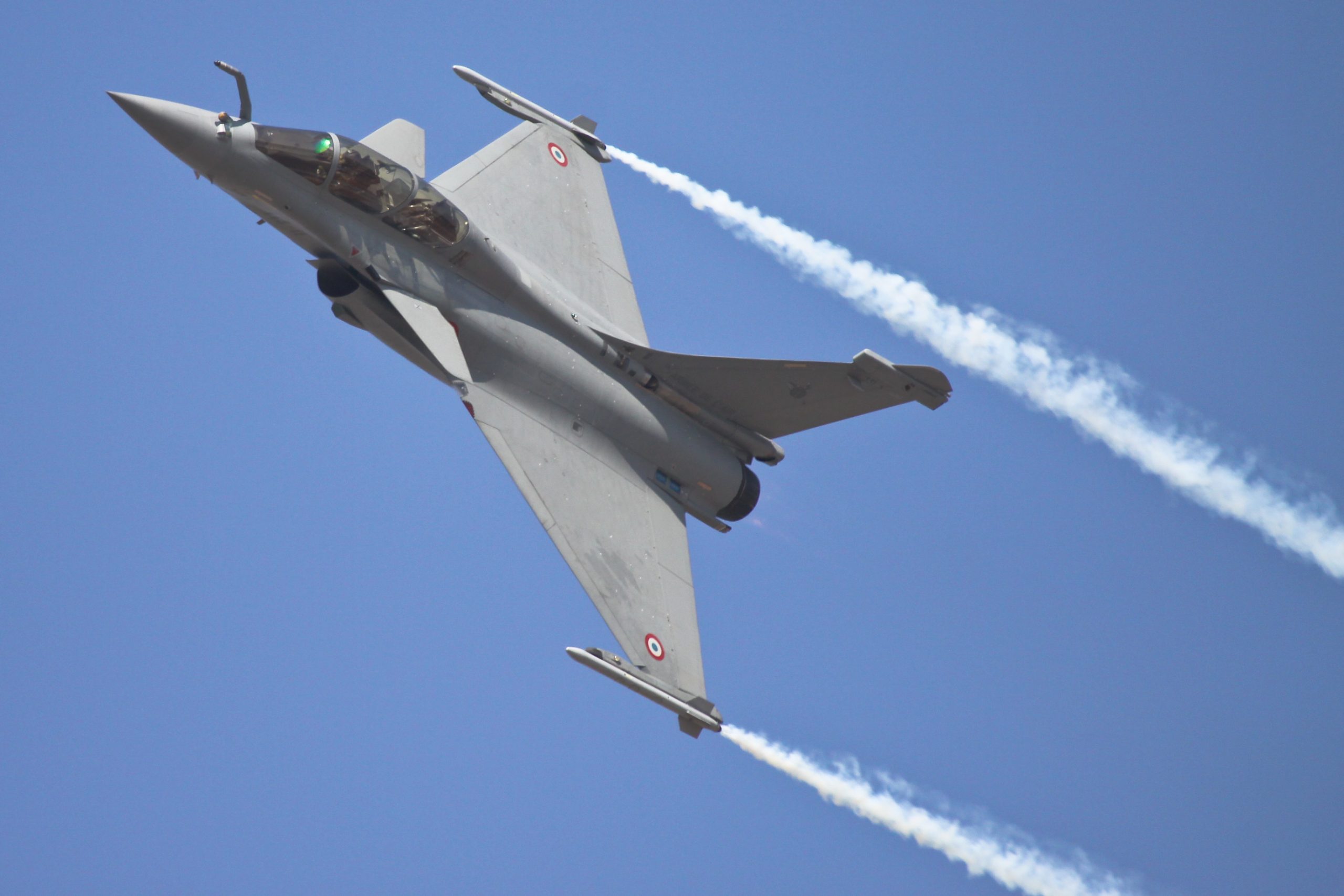French Intelligence Accuses Chinese Diplomats of Undermining Rafale Jets
French intelligence has uncovered evidence that Chinese diplomats attempted to weaken the reputation of French-made Rafale fighter jets while promoting the capabilities of China’s Chengdu J-10C jets during a recent conflict between India and Pakistan. These findings, shared with the Associated Press, highlight growing concerns over China’s influence in regional military dynamics.
The four-day confrontation between India and Pakistan, two nuclear-armed nations, began after India launched missile strikes into Pakistan and disputed Kashmir territory. This was in response to a deadly terrorist attack in Pahalgam on April 22. India accused Pakistan of supporting cross-border terrorism, a claim that Islamabad denied. The conflict brought attention to the role of advanced fighter jets and missile systems from both China and France, underscoring China’s growing presence as a major arms exporter and its geopolitical tensions with India.
China’s Role in the Conflict
Chinese and French fighter jets and missile systems became central to the fighting, drawing international scrutiny. While the Chinese Foreign Ministry did not immediately respond to requests for comment, a spokesperson, Mao Ning, stated she was “not familiar” with the matter.
According to a French intelligence report, Chinese diplomats actively worked to publicize the downing of Rafale jets during the conflict, aiming to position China’s defense industry as a more reliable alternative to Western suppliers. The report suggested that Beijing sought to leverage the situation to enhance its global military reputation.
India’s deputy chief of army staff, Lieutenant General Rahul Singh, acknowledged China’s support for Pakistan during the brief conflict. He noted that 81% of the military hardware Pakistan receives in the last five years is Chinese. This support allowed China to exert pressure on a strategic rival without direct involvement, using a tactic known as “killing with a borrowed knife,” referencing a concept from China’s Thirty-Six Stratagems.
Weapon Testing and Denials
The conflict also served as a testing ground for Chinese weapons against those from other countries, according to Singh. Pakistan claimed it shot down five Indian aircraft, including three Rafales, using Chinese-supplied J-10Cs during intense air battles in early May. However, India denied any losses, stating that images of a damaged Rafale were from an earlier, unrelated crash. Reports also indicated that India destroyed Chinese-supplied Pakistani air defense systems during the operation.
France’s Defense Ministry dismissed claims that Rafales were downed, calling the reports a “concrete effect of disinformation in modern conflicts.” In response, China’s state-run tabloid, Global Times, described the intelligence report as “hype.”
Reactions and Implications
France’s Ministry of the Armed Forces expressed concern over efforts to undermine its defense industry. In a statement from June, the ministry said: “By attacking the aircraft, some players have sought to undermine the credibility of France and its defense industrial and technological base. The disinformation campaign was therefore not only aimed at an aircraft, but more broadly at a national image of strategic autonomy, industrial reliability and solid partnerships.”
Wu Jiwei, a spokesperson for the Aviation Industry Corporation of China, which produces the J-20 stealth fighter, commented on the competition between the Rafale and J-10CE. He stated, “Both aircraft are among the world’s most advanced fighters. But sometimes, when heroes cross paths under specific circumstances, in a particular time and place, it’s only natural to trigger some discussions.”
What Comes Next?
China has yet to publicly address the French intelligence assessment. However, analysts expect the country to continue expanding its arms exports, especially in developing regions. As tensions persist, the role of China’s military technology in global conflicts is likely to remain a point of contention.
With ongoing developments and increasing scrutiny, the implications of this incident could shape future diplomatic and military strategies between key global powers.







